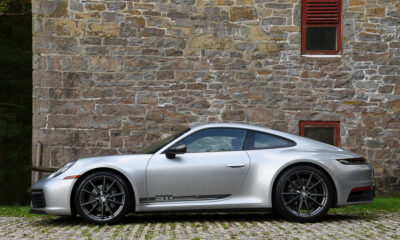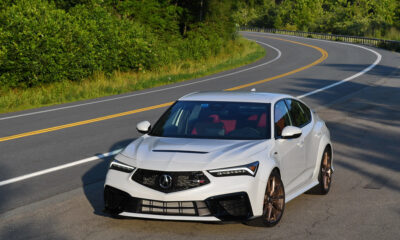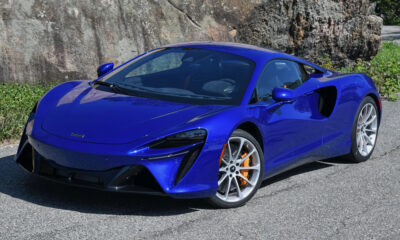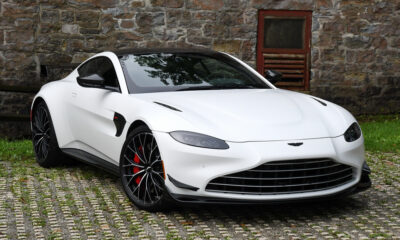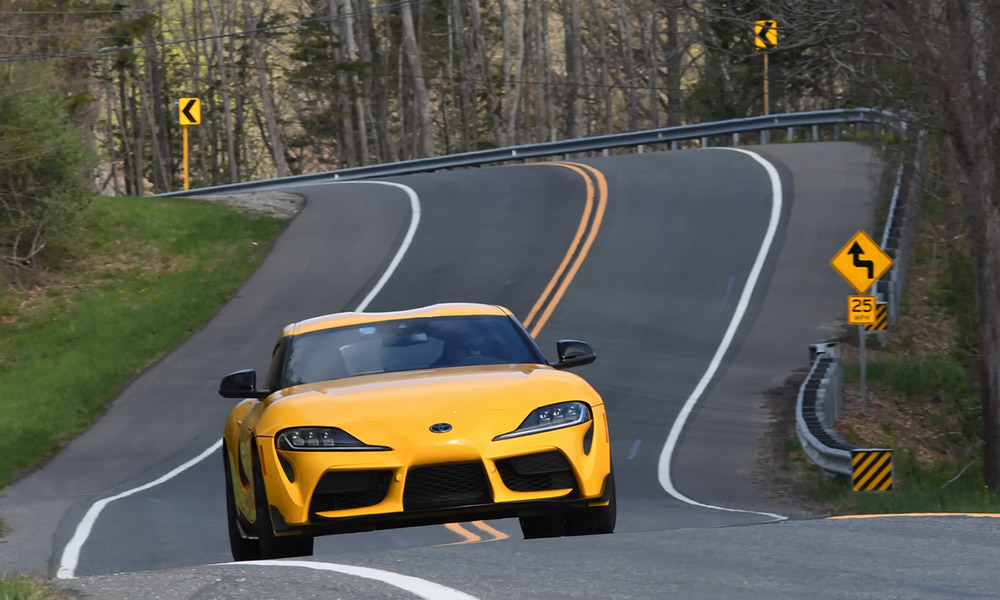
Photo: David Haueter
The Toyota GR Supra has gotten a lot of attention since it was reintroduced, but most of that attention has gone to the six-cylinder 3.0 model. That’s understood since it is a great car, but the 4-cylinder GR Supra 2.0 model also deserves a close look.
Like the Supra 3.0, the 2.0 model is all BMW underneath and uses the same turbocharged 4-cylinder engine that powers the BMW Z4 sDrive30i, which makes 255 hp and 295 lb.-ft. of torque.
That’s substantially less than the 382hp and 368 lb.-ft. in the Supra 3.0, but the 2.0 model can still get to 60mph in a quick 5.0 seconds, just 1.1 second off the Supra 3.0’s time.
You’ll be hard pressed to tell the difference between the two Supra models visually, as the design differences between the cars are minimal.
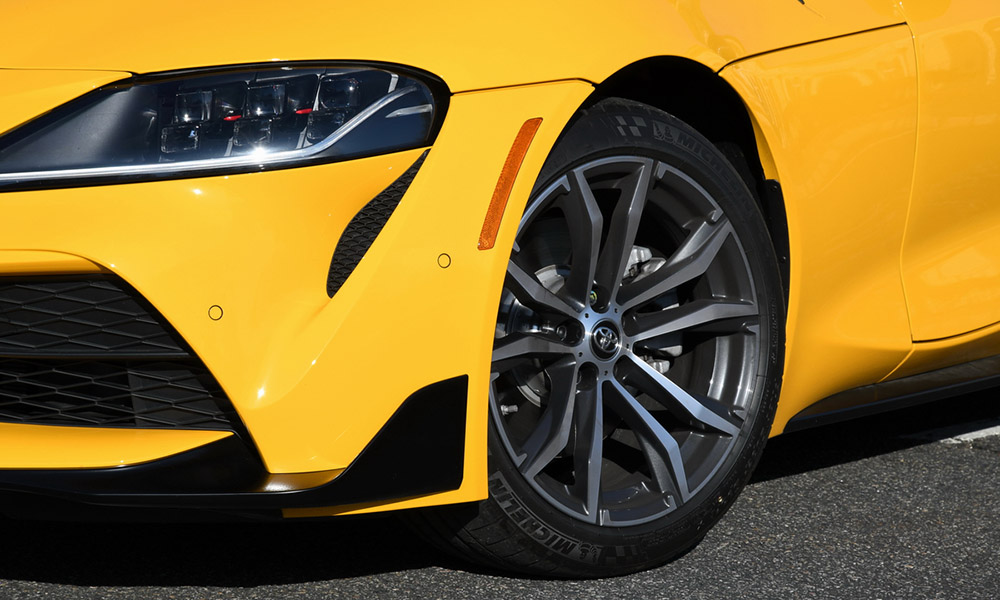
Photo: David Haueter
The Supra 2.0 has glossy black side mirrors instead of matte, polished exhaust tips instead of brushed, and 18-inch wheels instead of 19-inch, with a slightly different wheel design.
Besides the engine and the smaller wheels, the Supra 2.0 also has smaller brakes than the 3.0, with 1-piston calipers instead of 4-piston and it ditches the 3.0’s adaptive suspension and active rear differential.
Like the 3.0 model, the 2.0 only comes with an 8-speed automatic transmission and wears the same Michelin Pilot Super Sport tires. Inside, the 2.0 makes do with manually adjustable seats instead of electric.
If you don’t drive the Supra 3.0 first, the Supra 2.0 feels surprisingly quick. The BMW 2-liter four-cylinder is an excellent motor. There’s minimal turbo lag and it pulls strong in the midrange, and while it doesn’t sound all that inspiring at low revs, there’s a throaty howl from the exhaust when you get the revs up toward redline.
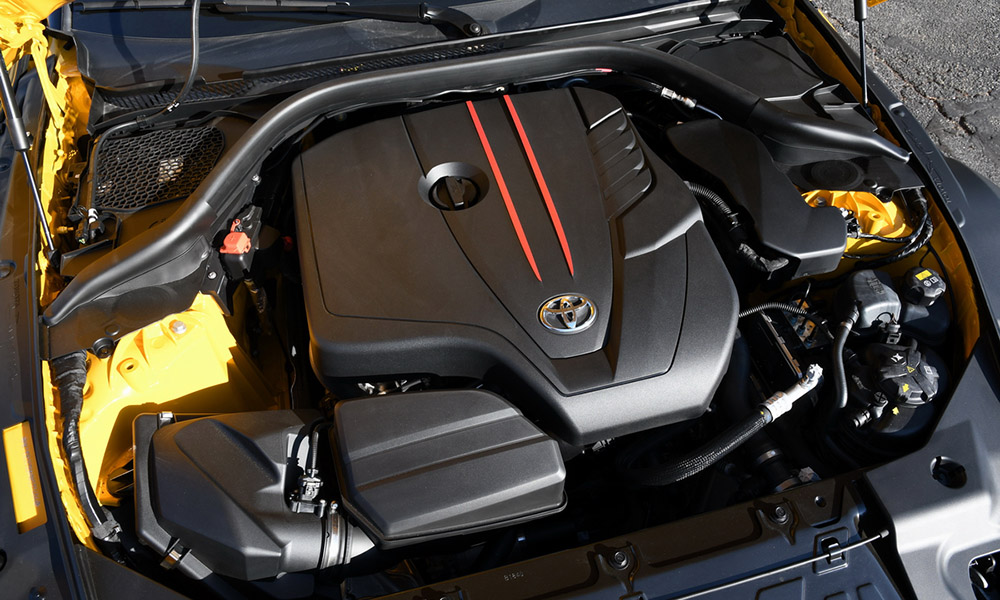
Photo: David Haueter
The engine is also mated well to the automatic transmission, though it’s a shame there’s no manual transmission option in this car.
The real benefit of the Supra 2.0 comes from its lighter weight. At 3,181 pounds., the 2.0 is no lightweight, but it weighs 219 pounds less than the 3.0 model.
That reduction in weight becomes apparent when you hit a twisty road, as the 2.0 model feels a bit more nimble and agile than the 3.0 when you drive it aggressively.
It handles great, thanks in large part to the suspension tuning and the sticky Michelin tires. Toyota does their own suspension tuning of the BMW parts, and the damping and control of the non-adaptive suspension is spot-on, with a nice blend of comfort and sportiness.
The brakes also feel strong with good pedal feel. You may want to upgrade the pads if you plan on taking it to a track day, but for road driving they are all you need. Steering feel is a little on the numb side (as most BMW’s are as well), but the steering is precise.
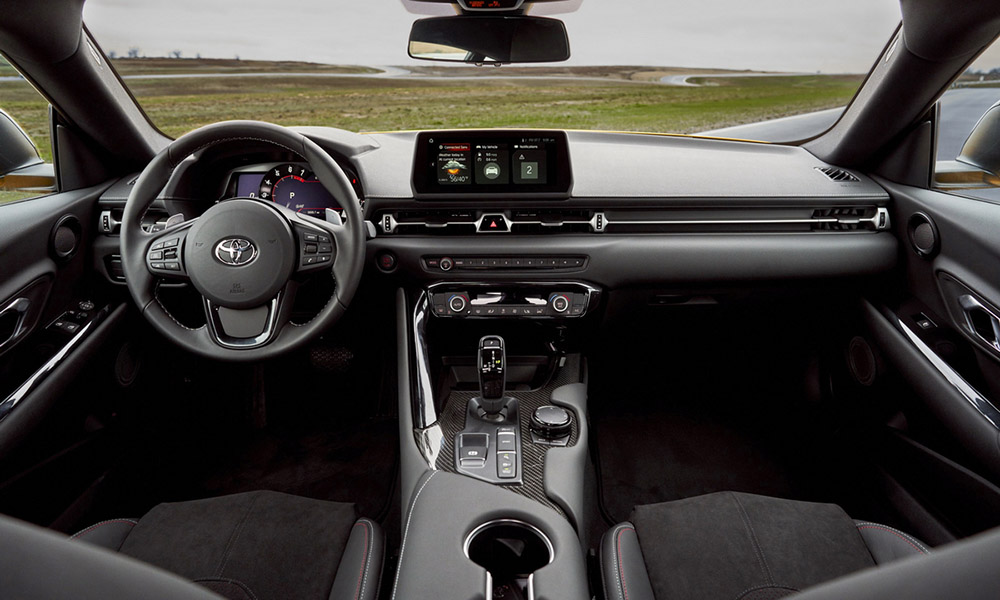
Photo: Toyota
The Supra 2.0 cockpit is nice to spend time and well-suited to its handling prowess, with grippy and supportive seats and good ergonomics for the most part.
The only real complaint I had inside was that the armrest is so narrow that your elbow doesn’t really stay in place on its own – you have to hold it there.
A minor complaint, but it can get annoying on long interstate drives when you want to rest your elbows and just keep your hands lightly on the wheel.
The Supra 2.0 is the first in the history of the car to not have a six-cylinder engine, but it feels like a real sports car and has plenty of power for most driving situations.
You don’t get the shove in the back you do with the 3.0 model, but it makes up for it with better balance.
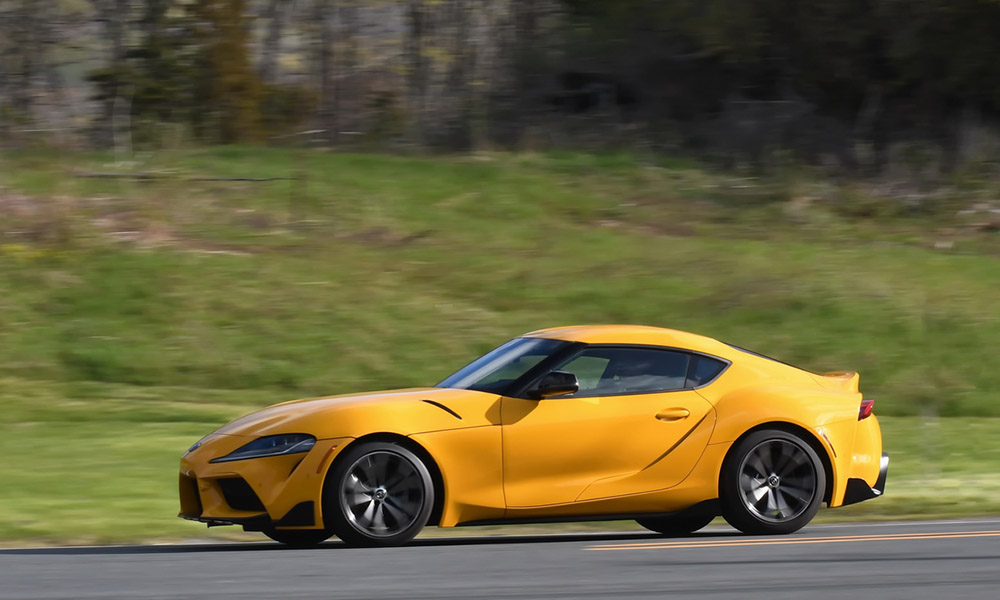
Photo: David Haueter
With its greater chassis stiffness with the roof and the suspension tuning, the Supra 2.0 feels nimbler than the BMW Z4 on which it’s based. It’s also $8,000 less than the Supra 3.0 model and gets better fuel mileage.
The price is one potential downside to the car.
At a starting MSRP of $43,090, it may compare well with other two-seat sports cars like the BMW Z4 and the Porsche 718, but there are other fun and sporty cars out there that cost a lot less, like the VW GTI (which starts at less than $29,000), the Subaru WRX (which starts at less than $28,000) and even the Mazda3 2.5 Turbo (which starts at around $31,000).
There’s not many Supra’s on the road, which gives it an exclusive feel. If you’re OK with the quirky styling (I kind of like it) and the lack of a back seat, it’s a great choice for a fun all-around sports car.
It’s the kind of car that you want to search for scenic, twisty roads in and is also a car you can drive and enjoy every day.
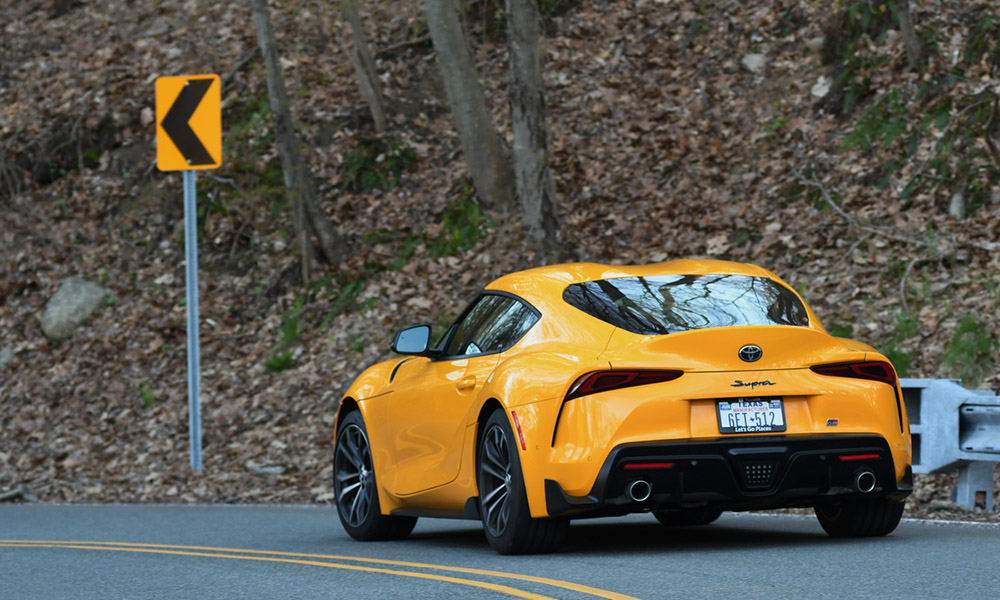
Photo: David Haueter



















